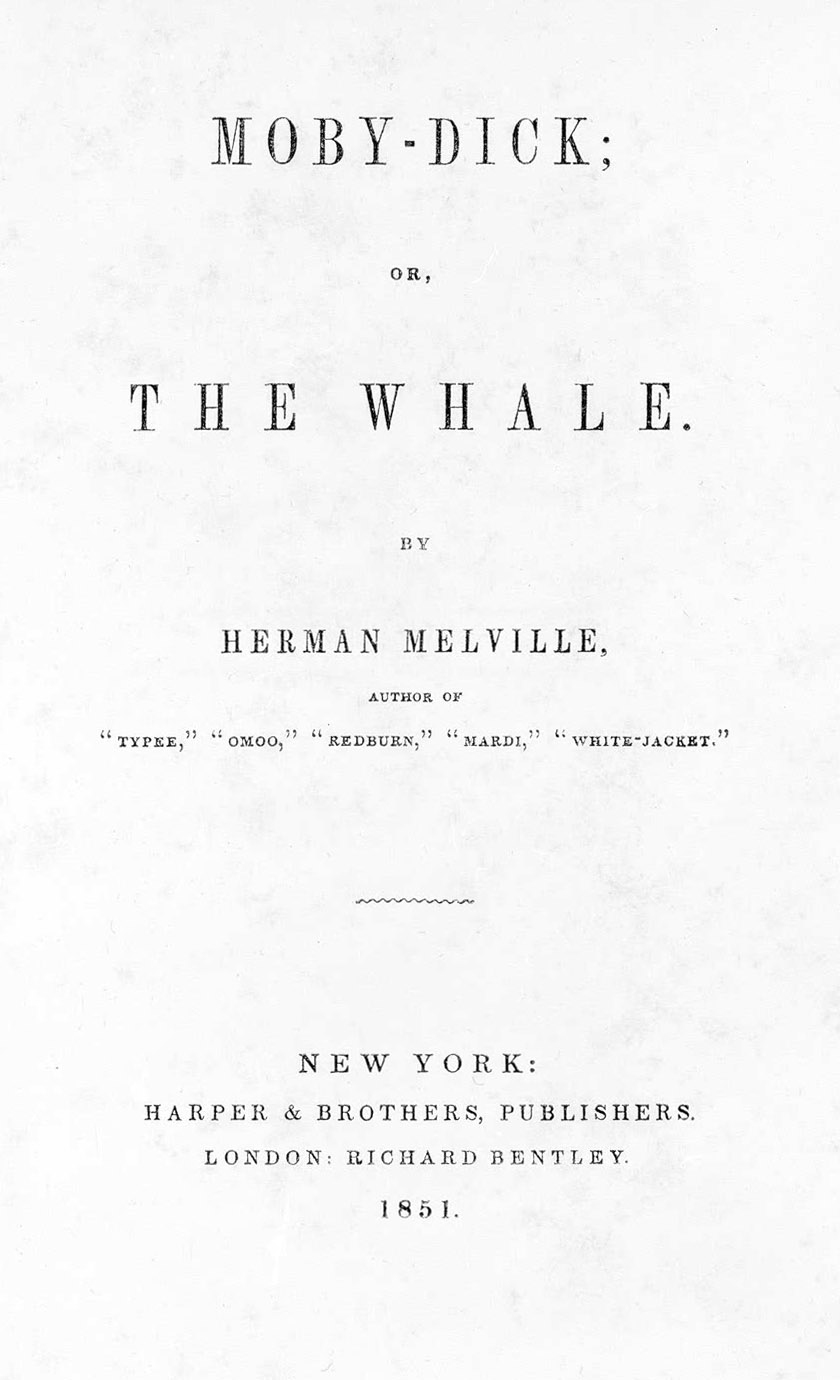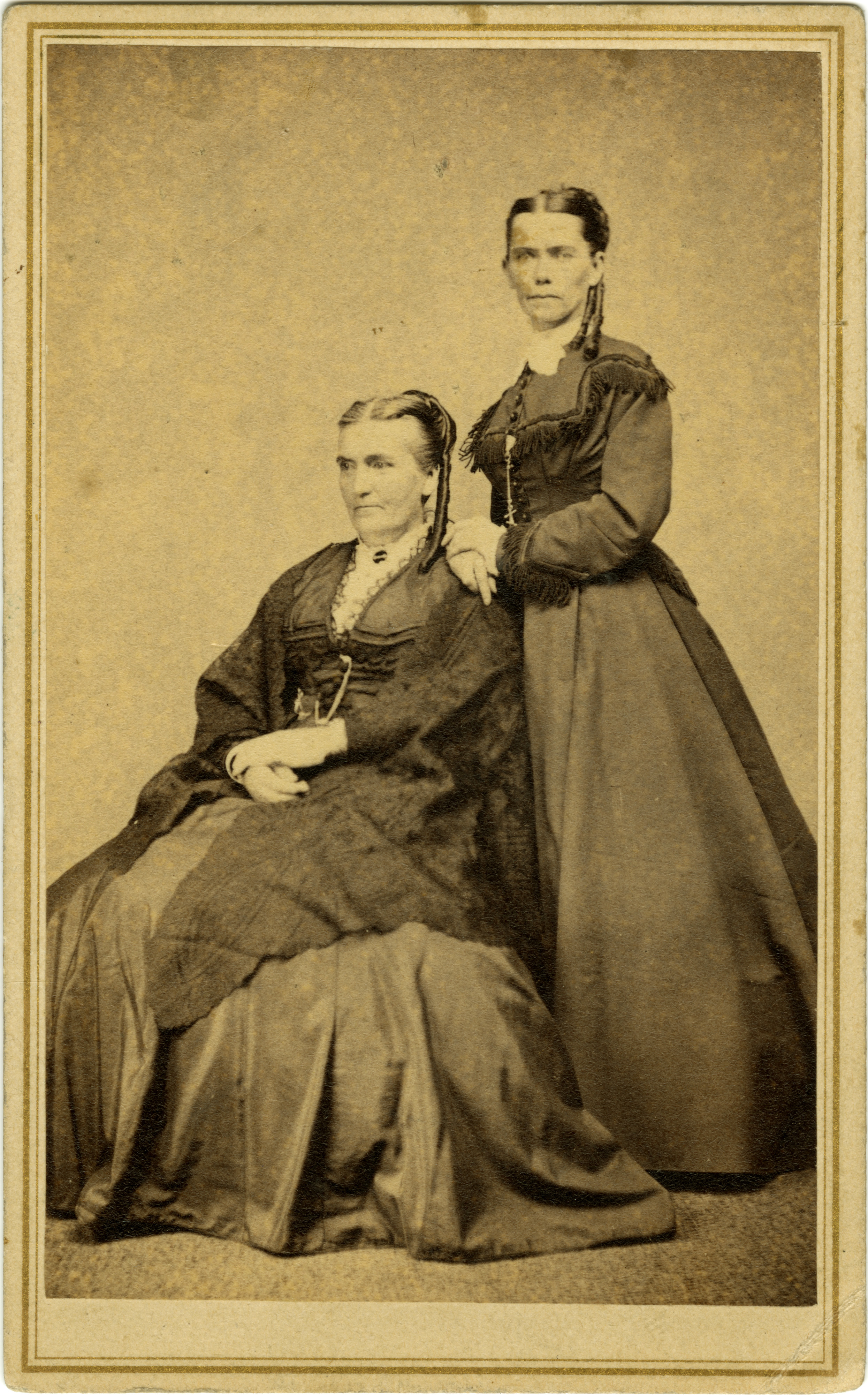|
Robert Maynard Hutchins
Robert Maynard Hutchins (January 17, 1899 – May 14, 1977) was an American educational philosopher. He was president (1929–1945) and chancellor (1945–1951) of the University of Chicago, and earlier dean of Yale Law School (1927–1929). His first wife was the novelist Maude Hutchins. Although his father and grandfather were both Presbyterian ministers, Hutchins became one of the most influential members of the school of secular perennialism. A graduate of Yale College and the law school of Yale University, Hutchins joined the law faculty and soon was named dean. While dean, he gained notice for Yale's development of the philosophy of Legal Realism. Hutchins was thirty years old when he became Chicago's president in 1929, and implemented wide-ranging and sometimes controversial reforms of the university, including the elimination of varsity football. He supported interdisciplinary programs, including during World War II, establishing the Metallurgical Laboratory. His ... [...More Info...] [...Related Items...] OR: [Wikipedia] [Google] [Baidu] |
Brooklyn, New York
Brooklyn () is a borough of New York City, coextensive with Kings County, in the U.S. state of New York. Kings County is the most populous county in the State of New York, and the second-most densely populated county in the United States, behind New York County (Manhattan). Brooklyn is also New York City's most populous borough,2010 Gazetteer for New York State . Retrieved September 18, 2016. with 2,736,074 residents in 2020. Named after the Dutch village of Breukelen, Brooklyn is located on the w ... [...More Info...] [...Related Items...] OR: [Wikipedia] [Google] [Baidu] |
Great Books
A classic is a book accepted as being exemplary or particularly noteworthy. What makes a book "classic" is a concern that has occurred to various authors ranging from Italo Calvino to Mark Twain and the related questions of "Why Read the Classics?" and "What Is a Classic?" have been essayed by authors from different genres and eras (including Calvino, T. S. Eliot, Charles Augustin Sainte-Beuve). The ability of a classic book to be reinterpreted, to seemingly be renewed in the interests of generations of readers succeeding its creation, is a theme that is seen in the writings of literary critics including Michael Dirda, Ezra Pound, and Sainte-Beuve. These books can be published as a collection (such as Great Books of the Western World, Modern Library, or Penguin Classics) or presented as a list, such as Harold Bloom's list of books that constitute the Western canon. Although the term is often associated with the Western canon, it can be applied to works of literature fro ... [...More Info...] [...Related Items...] OR: [Wikipedia] [Google] [Baidu] |
Oberlin High School (Ohio)
Oberlin High School is a public high school in Oberlin, Ohio. It is the only high school in the Oberlin City Schools district. Academics There is a partnership between the high school and Oberlin College. Students who live within the district and attend Oberlin High School for their entire high school career may attend Oberlin College tuition-free, if accepted. Athletics The school is a member of the Lorain County League (LCL) The school colors are red, white and blue. The mascot is now the Phoenix, after the school board voted to discontinue use of its former Native American mascot at the end of the 2006–07 school year. The school's fight song is the Iowa Fight Song. The school mascot used to be the Oberlin Indians with the logo depicted by a Native American with a feathered headdress.http://a2.ec-images.myspacecdn.com/images01/49/d97a41d38ecf47934e71ca2969332f7f/l.jpg Sundance came across the high school's use of an offensive Native American mascot emblem. He decided to pe ... [...More Info...] [...Related Items...] OR: [Wikipedia] [Google] [Baidu] |
Work Ethic
Work ethic is a belief that work and diligence have a moral benefit and an inherent ability, virtue or value to strengthen character and individual abilities. It is a set of values centered on importance of work and manifested by determination or desire to work hard. Social ingrainment of this value is considered to enhance character through hard work that is respective to an individual's field of work. Factors of a good work ethic Proponents of a strong work ethic consider it to be important for achieving goals, that it gives strength to their orientation and the right mindset. A work ethic is a set of moral principles a person uses in their job. People who possess a strong work ethic embody certain principles that guide their work behaviour; to develop and process a strong work ethic will inevitably result in the production of high-quality work which is consistent. The output motivates them to stay on track. A good work ethic fuels an individual's needs and goals, it is rel ... [...More Info...] [...Related Items...] OR: [Wikipedia] [Google] [Baidu] |
Oberlin College
Oberlin College is a Private university, private Liberal arts colleges in the United States, liberal arts college and conservatory of music in Oberlin, Ohio. It is the oldest Mixed-sex education, coeducational liberal arts college in the United States and the second oldest continuously operating List of coeducational colleges and universities in the United States, coeducational institute of higher learning in the world. The Oberlin Conservatory of Music is the oldest continuously operating conservatory in the United States. In 1835, Oberlin became one of the first colleges in the United States to admit African Americans, and in 1837 the first to admit women (other than Franklin & Marshall College, Franklin College's brief experiment in the 1780s). It has been known since its founding for progressive student activism. The College of Arts & Sciences offers more than 50 majors, minors, and concentrations. Oberlin is a member of the Great Lakes Colleges Association and the Five Colleg ... [...More Info...] [...Related Items...] OR: [Wikipedia] [Google] [Baidu] |
Oberlin, Ohio
Oberlin is a city in Lorain County, Ohio, United States, 31 miles southwest of Cleveland. Oberlin is the home of Oberlin College, a liberal arts college and music conservatory with approximately 3,000 students. The town is the birthplace of the Anti-Saloon League and the Hall-Héroult process, the process of reducing aluminum from its fluoride salts by electrolysis, which made industrial production of aluminum possible. The population was 8,286 at the 2010 census. History Oberlin was founded in 1833 by two Presbyterian ministers, John Jay Shipherd and Philo P. Stewart. The pair had become friends while spending the summer of 1832 together in nearby Elyria and discovered a shared dissatisfaction with what they saw as the lack of strong Christian morals among the settlers of the American West. Their proposed solution was to create a religious community that would more closely adhere to Biblical commandments, along with a school for training Christian missionaries who would e ... [...More Info...] [...Related Items...] OR: [Wikipedia] [Google] [Baidu] |
Berea College
Berea College is a private liberal arts work college in Berea, Kentucky. Founded in 1855, Berea College was the first college in the Southern United States to be coeducational and racially integrated. Berea College charges no tuition; every admitted student is provided the equivalent of a four-year scholarship. There are still other fees, such as room and board, textbooks, and personal expenses. Most students receive grants or scholarships and do not have to take out many loans, if any at all. Berea offers bachelor's degrees in 33 majors. It has a full-participation work-study program in which students are required to work at least 10 hours per week in 1,500 campus and service jobs in more than 130 departments. Students are paid a modest salary and typically use the funds to cover the cost of housing, meals and other expenses. Students do not get to choose their work assignment their first year but can choose during subsequent years. Berea's primary service region is southern A ... [...More Info...] [...Related Items...] OR: [Wikipedia] [Google] [Baidu] |
Brooklyn
Brooklyn () is a borough of New York City, coextensive with Kings County, in the U.S. state of New York. Kings County is the most populous county in the State of New York, and the second-most densely populated county in the United States, behind New York County (Manhattan). Brooklyn is also New York City's most populous borough,2010 Gazetteer for New York State . Retrieved September 18, 2016. with 2,736,074 residents in 2020. Named after the Dutch village of Breukelen, Brooklyn is located on the w ... [...More Info...] [...Related Items...] OR: [Wikipedia] [Google] [Baidu] |
Center For The Study Of Democratic Institutions
The Center for the Study of Democratic Institutions in Santa Barbara, California was an influential think tank from 1959 to 1977. Its influence waned thereafter and it closed in 1987. It held discussions on subjects it hoped would influence public deliberation. It attained some controversy with its conference of student radical leaders in 1967, and with a suggested new U.S. Constitution proposed by Fellow Rexford G. Tugwell. History It was founded in 1959 by Robert M. Hutchins. The center was an offshoot of the Fund for the Republic, which had been established with a $15 million grant from the Ford Foundation. In its later years, its greatest source of support was Chester Carlson, the inventor of the Xerox process. For a time, Associate Supreme Court Justice William O. Douglas was Chairman of the center's board of directors. In 1969 Hutchins reorganized the center, after which many associates departed. Harry Ashmore served as president from 1969 to 1974. After Hutchi ... [...More Info...] [...Related Items...] OR: [Wikipedia] [Google] [Baidu] |
Fund For The Republic
The Fund for the Republic (1951–1959) was an organization created by the Ford Foundation and dedicated to protecting freedom of speech and other civil liberties in the United States. In 1959, the Fund moved from New York City to Santa Barbara, California, and changed its name to the Center for the Study of Democratic Institutions (CSDI). History With the growth of McCarthyism and the Second Red Scare, the subject of communism in America began to loom large in the public consciousness. In 1951, Robert M. Hutchins became the president of the Fund for the Republic, a non-profit organization whose basic objectives were to research and analyze civil liberties and civil rights. In 1954, Wilbur Hugh Ferry became Fund vice president, responsible for administration and public relations, and moved with the Fund to Santa Barbara 1959. In August 1953, Clifford P. Case resigned from the House to become president of the Ford Foundation's Fund for the Republic. He served in that position ... [...More Info...] [...Related Items...] OR: [Wikipedia] [Google] [Baidu] |
Ford Foundation
The Ford Foundation is an American private foundation with the stated goal of advancing human welfare. Created in 1936 by Edsel Ford and his father Henry Ford, it was originally funded by a US$25,000 gift from Edsel Ford. By 1947, after the death of the two founders, the foundation owned 90% of the non-voting shares of the Ford Motor Company. (The Ford family retained the voting shares.) Between 1955 and 1974, the foundation sold its Ford Motor Company holdings and now plays no role in the automobile company. Ahead of the foundation selling its Ford Motor Company holdings, in 1949, Henry Ford II created the , a separate corporate foundation that to this day serves as the philanthropic arm of the Ford Motor Company and is not associated with the foundation. The Ford Foundation makes grants through its headquarters and ten international field offices. For many years, the foundation's financial endowment was the largest private endowment in the world; it remains among the wealthie ... [...More Info...] [...Related Items...] OR: [Wikipedia] [Google] [Baidu] |
Shimer College
Shimer Great Books School (pronounced ) is a Classic_book#University_programs, Great Books college that is part of North Central College in Naperville, Illinois. Prior to 2017, Shimer was an independent, accredited college on the south side of Chicago, with a history of being in different cities in Illinois prior to that. Founded in 1853 as the Mount Carroll Seminary in Mount Carroll, Illinois, the school became affiliated with the University of Chicago in 1896 and was renamed the Frances Shimer Academy after founder Frances Wood Shimer. It was renamed Shimer College in 1950, when it began offering a four-year curriculum based on the Robert Maynard Hutchins, Hutchins Plan of the University of Chicago. After the University of Chicago parted with both the college and the Hutchins Plan in 1958, Shimer continued to use a version of that curriculum. The college relocated to Waukegan, Illinois, Waukegan in 1978 and to Chicago in 2006. In 2017, it was acquired by North Central Colle ... [...More Info...] [...Related Items...] OR: [Wikipedia] [Google] [Baidu] |

.jpg)




